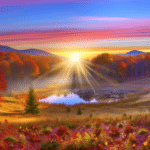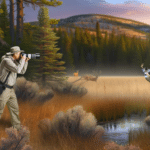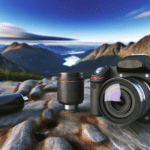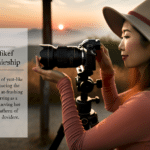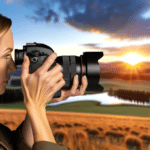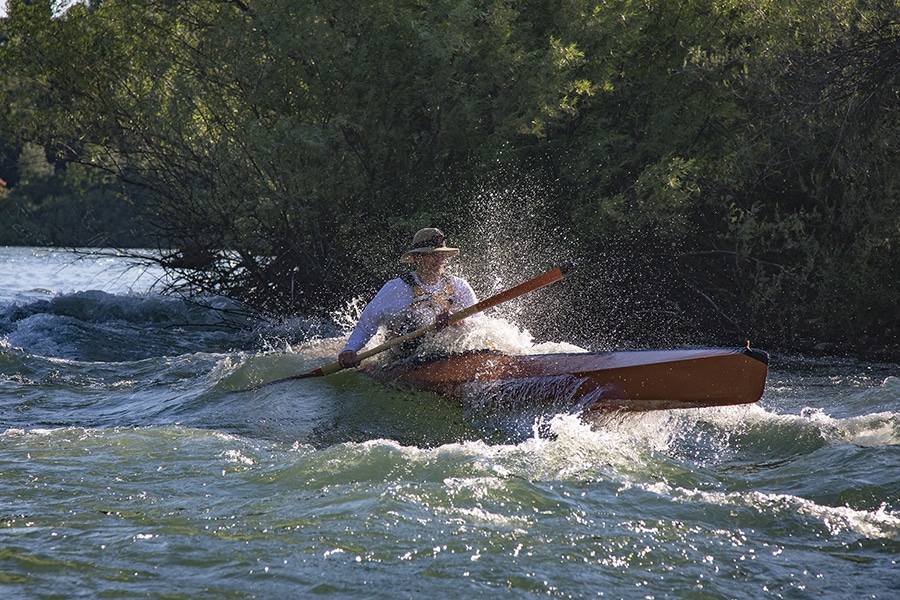The Essence of Landscape Photography
The allure of landscape photography extends beyond picturesque sunsets and vibrant foliage; it’s rooted in the photographer’s ability to harness the camera’s capabilities. This article delves into the reasons why smartphones and compact digital cameras may fall short in capturing the grandeur of the great outdoors, and offers guidance on producing awe-inspiring landscape images akin to those found online or in galleries.
Understanding Landscape Photography
Landscape photography involves the artistic capture of natural or outdoor scenes to captivate the viewer’s interest. It stands as one of the most cherished photographic genres, offering a visual translation of the awe one feels when encountering stunning vistas. While often associated with nature, cityscapes too can embody the essence of landscape imagery. Contrary to popular belief, landscape photos aren’t restricted to horizontal compositions; vertical orientations can be equally impactful, depending on the scene’s unique characteristics and the photographer’s choice of perspective, camera settings, and techniques.
Key Steps to Enhance Your Landscape Photography
Great landscape photos are the product of thoughtful preparation and technique. The following steps are crucial for refining your landscape photography skills:
Top Landscape Photography Tips
- Select a Quality Camera: DSLR and mirrorless cameras, with their larger sensors and customizable settings, are ideal for landscape photography. They surpass even the most advanced smartphone cameras in image quality. For optimal results, opt for a full-frame camera with a 35mm sensor, which provides the broadest views with your lenses.
- Choose the Right Lens: A wide-angle lens is essential for capturing expansive scenes. While lenses with focal lengths below 24mm may introduce distortion, they can offer an even wider perspective. It’s also crucial to keep lenses clean to maintain image quality and prolong the life of lens coatings.
- Invest in a Sturdy Tripod: To avoid blurry images, especially with slow shutter speeds, a reliable tripod is indispensable. It should be robust yet portable, with features like spiked feet for uneven terrain.
- Master Manual Exposure: Understanding the exposure triangle—shutter speed, aperture, and ISO—is fundamental. This knowledge enables you to adjust the camera settings for the perfect exposure under various lighting conditions.
- Seek Optimal Lighting: The sun is your primary light source, so shoot when the light is soft and diffused. The golden hour offers a desirable blend of colors for landscape photography.
- Experiment with Filters: Polarizing and neutral density filters can enhance image quality by managing reflections and allowing for slower shutter speeds without overexposure.
- Utilize a Shutter Release: This accessory prevents camera shake during long exposures, ensuring sharper images.
- Compose with Purpose: Effective composition involves using techniques like the Rule of Thirds and leading lines to create engaging images.
- Ensure Precise Focus: Tack-sharp focus on your main subject is key, often achieved with a wide aperture for a shallow depth of field or a narrower aperture for greater depth throughout the scene.
- Include Foreground Interest: Adding elements like rocks or plants in the foreground can enhance the three-dimensional feel of a landscape image.
- Shoot in RAW: This format preserves all image information, offering greater flexibility in post-processing.
- Be Creative: Stand out by infusing creativity into your photos, whether through storytelling or unique visual experiences.
- Edit Your Images: Post-processing software like Adobe Photoshop and Lightroom allows for extensive adjustments to RAW images.
- Explore and Evolve: Continuously experiment with different styles and techniques to refine your landscape photography.
- Vary Your Focus: Explore different focus points and subject matter, including human elements, to add scale and context to your images.
- Get Closer: Embrace new environments and cultures while respecting local guidelines and the principles of Leave No Trace.
- Play With Depth: Aim for a compelling depth of field by shooting at higher f-stop values.
- Show Scale: Incorporate human subjects to convey the grandeur of landscapes.
- Consider the Sky: Balance land and sky in your compositions, using polarizing filters to enhance the sky when beneficial.
- Capture Contrast: Utilize polarizing filters to accentuate contrast in your landscape images.
- Utilize Water Reflections: Water can add movement and reflection to landscapes, creating captivating effects.
- Avoid “Frame Paralysis”: Be flexible and open to unexpected opportunities, rather than fixating on a preconceived shot.
Frequently Asked Questions About Landscape Photography
A good landscape photo typically features a large depth of field, interesting elements throughout the composition, and often wide or ultra-wide-angle lenses. However, the inclusion of people or human-made structures can also contribute to a photo’s impact. To start in landscape photography, study images you admire, and learn from their techniques. Patience, knowledge of equipment, and advanced photographic skills are essential. Landscape photography is a subset of nature photography but focuses primarily on the land itself. The journey in landscape photography is ongoing, requiring a blend of technical skill and creative vision.
Mahesh Thapa, a seasoned travel, nature, and landscape photographer from Seattle, WA, has been educating and creating content for over a decade. In addition to his photography, he serves as a physician at Seattle Children’s Hospital and a Professor of Radiology at the University of Washington School of Medicine. His work can be found on various platforms, including his website, Instagram, YouTube, and Facebook.
